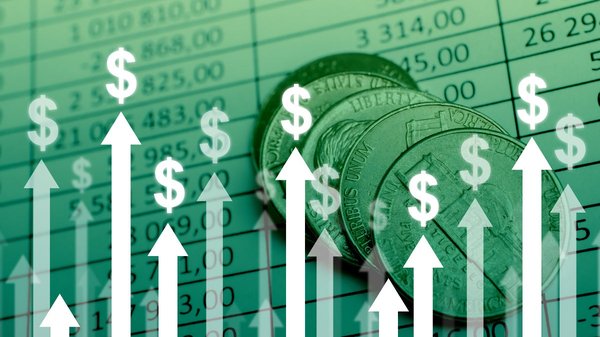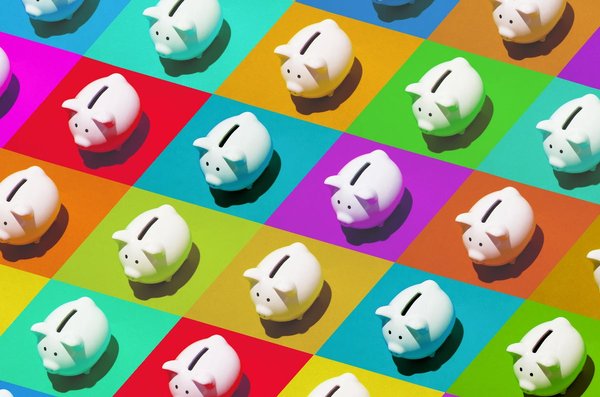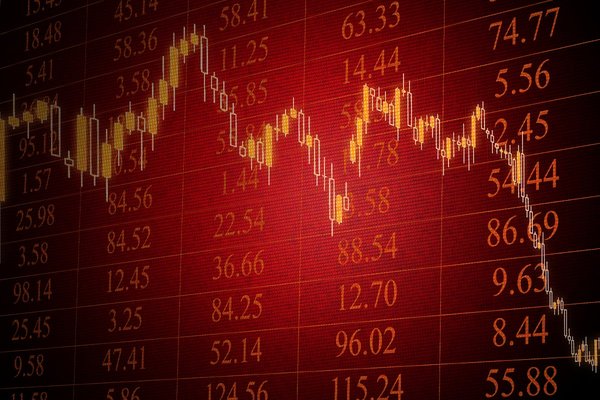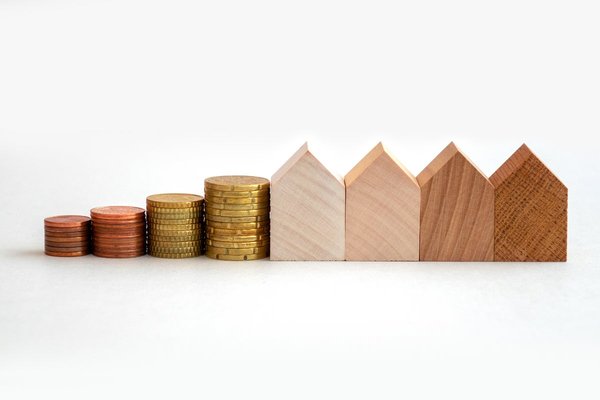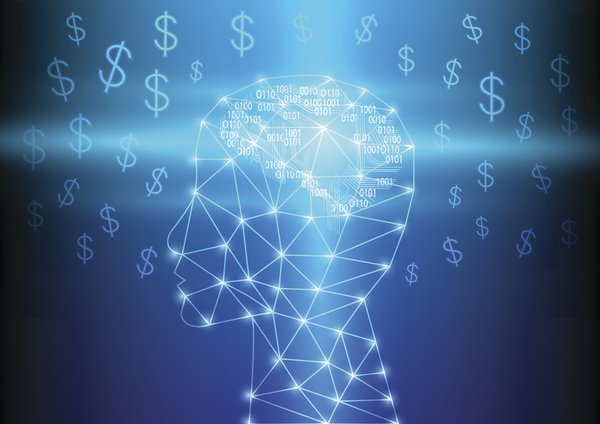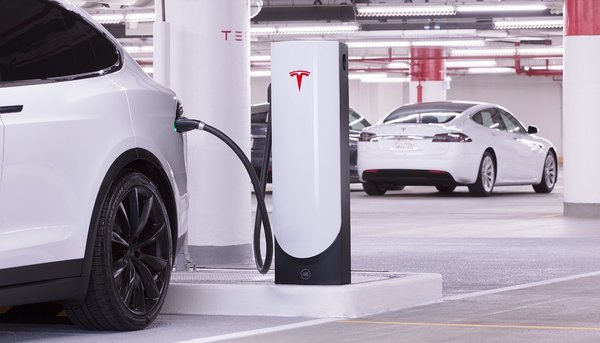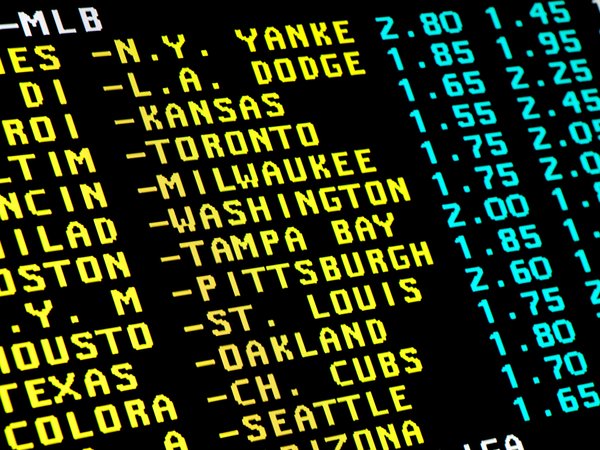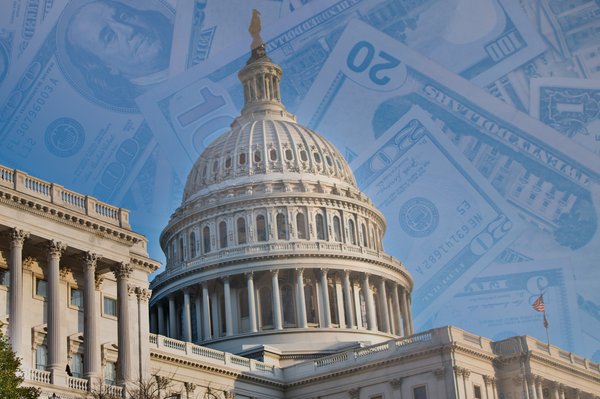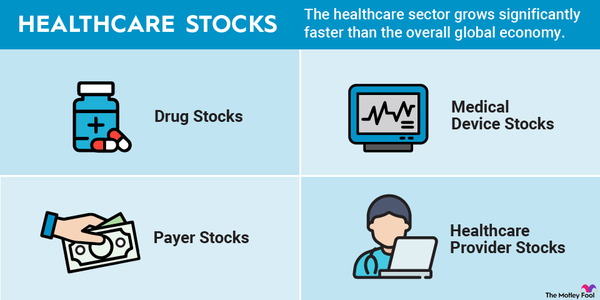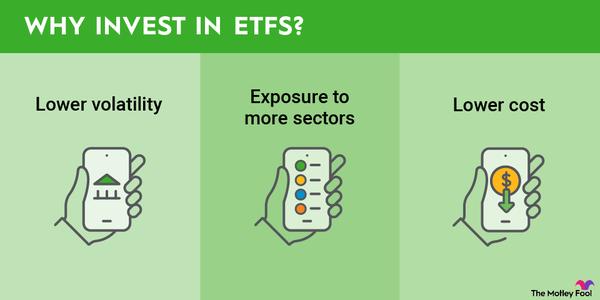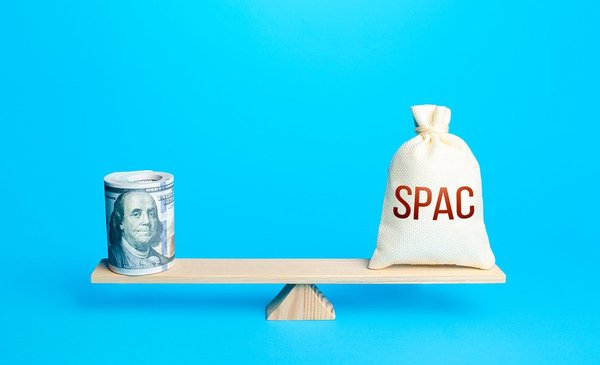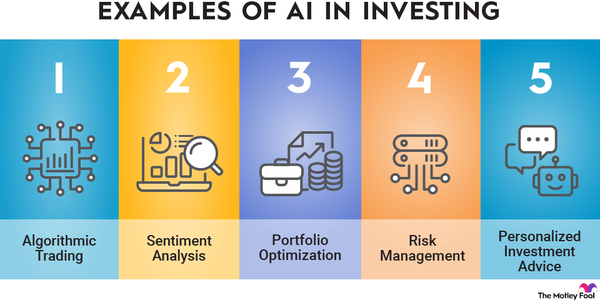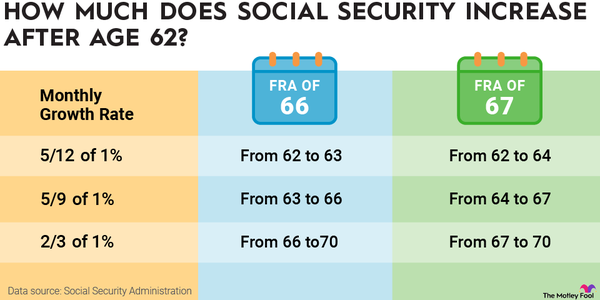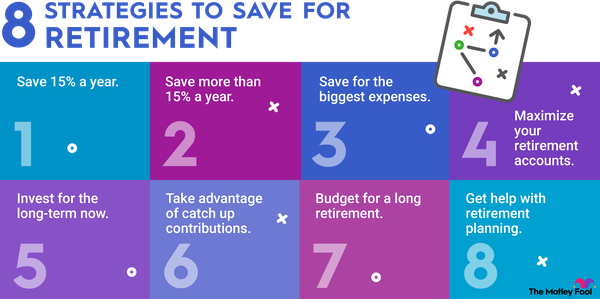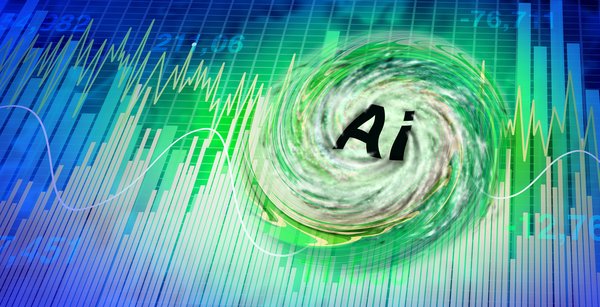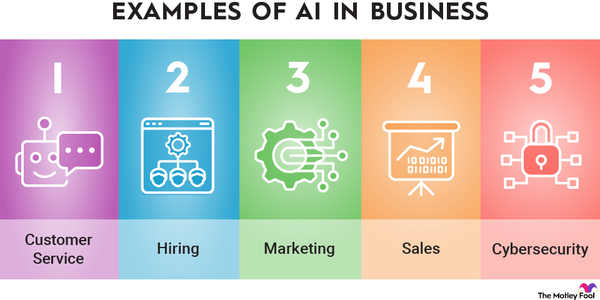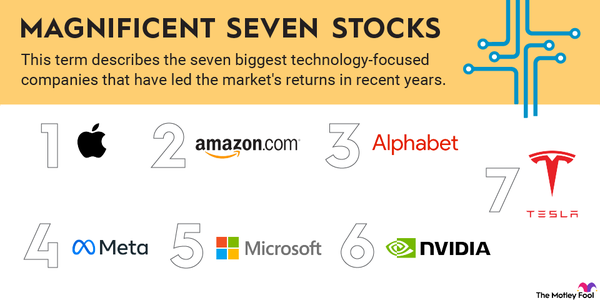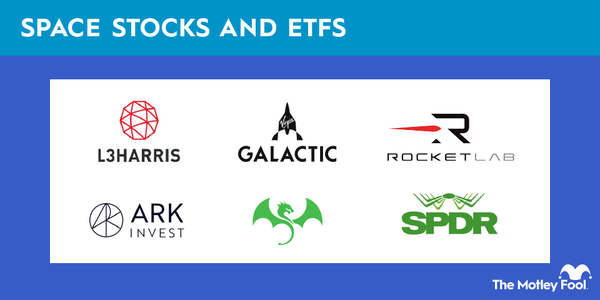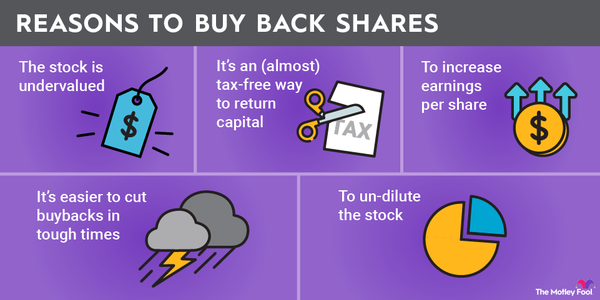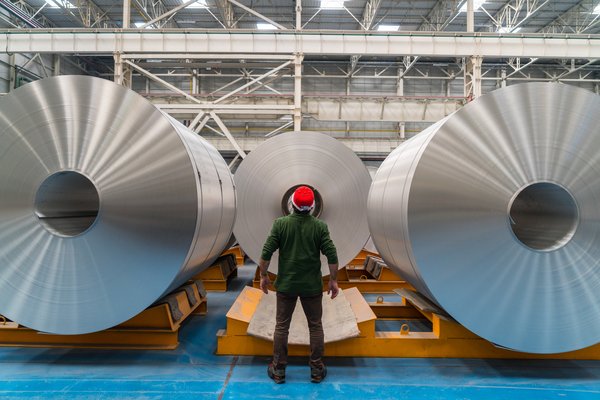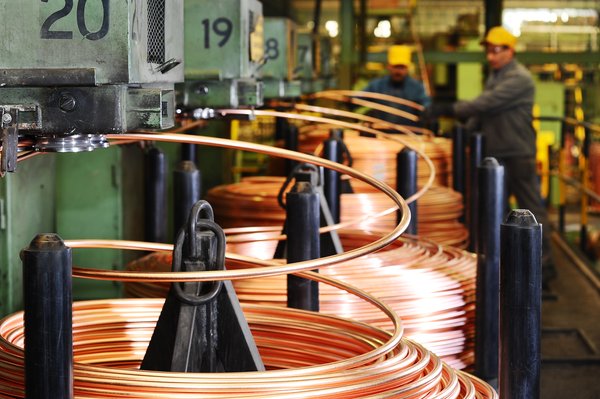Inflation is one of the major financial challenges Americans have faced in the 2020s, and it was a key factor in the most recent presidential election. In exit polls by CBS news, 75% of voters said inflation had caused them moderate or severe hardship over the past year.
A small amount of inflation is normal and is seen as good for the economy by most economists. The Federal Reserve aims for inflation of 2% over the long run, and for much of the last 20 years, the U.S. inflation rate has been fairly close to that target.
But there have been some major swings in the inflation rate during that time. Inflation has also impacted certain parts of the country and types of expenses more than others.
Keep reading for a detailed look at inflation statistics over the last two decades. Inflation data comes from the Consumer Price Index (CPI). The CPI inflation rate measures the average change in prices by urban consumers for goods and services.
Inflation by year
Inflation rate by year
The current inflation rate is 2.4% as of March 2025. Core inflation, which excludes food and energy, rose 2.8% compared to March 2024. Over the 20-year period from January 2005 to March 2025, the average inflation rate was 3.6%. While both are higher than the Fed's 2% target, they're not too far off. However, there have been periods when inflation was much higher or lower than usual.
Inflation plummeted during the Great Recession, going from 5.6% in July 2008 to negative 2.1% a year later. Housing prices collapsed, banks tightened their lending standards after years of high-risk mortgage approvals, and unemployment skyrocketed, eventually reaching 10% in late 2009. Consumer borrowing and spending dropped, causing a brief period of deflation.
The inflation rate largely normalized after that until the global pandemic. From January to May 2020, inflation went from 2.5% to 0.1%. With lockdown measures in place and widespread economic uncertainty, consumers drastically reduced discretionary spending, leading to much lower inflation.
That period of low inflation didn't last long. Within a year, inflation was quickly rising, eventually peaking at 9.1% in June 2022. Overall, the U.S. inflation rate in 2022 was the highest it had been in 41 years. This inflation surge was due to a combination of factors, including high demand for goods and services as the economy strengthened, supply shortages due to supply chain disruptions during the pandemic, and Russia's invasion of Ukraine in February 2022 raising energy and food costs.
Inflation by region
Inflation rate by U.S. region
Regional inflation is similar to the national inflation rate, but there have been periods when inflation has hit certain regions more than others.
From late 2013 until the end of 2020, the West had an elevated inflation rate often exceeding inflation in the whole country by 1% or more. Inflation in the South was higher than nationwide inflation in the early 2020s, while the Northeast had lower inflation during that same period.
The difference in regional inflation data is because of the varying costs for goods and services in these areas and primarily one type of expense: housing. Analysis by the Federal Reserve Bank of Chicago found that house prices were the main driver of regional differences in inflation.
Purchasing patterns with other items are mostly a minor factor. The most notable exception is the Northeast, which had lower inflation during the early 2020s in part because of lower transportation expenditures. Other than that, regional differences in inflation have been due to housing prices increasing much more in the West and the South.
Here's the 12-month rate of inflation by region as of March 2025:
- South 1.9%
- West 2.2%
- Midwest 2.7%
- Northeast 3.2%
Inflation by category
Inflation rate by category
Energy is the area in which inflation varies the most, largely because of how much oil prices fluctuate. Energy inflation went from 29.3% in July 2008 to negative 28.1% in July 2009 as oil demand dropped during the financial crisis. The opposite happened in 2022, when the Russia-Ukraine war drove up oil prices and the value of oil stocks, pushing energy inflation as high as 41.6%.
New-vehicle inflation has been below overall inflation throughout much of this century. Car prices even went through a deflationary period from October 2006 to May 2009 as the automotive industry dealt with declining sales. The only notable period when car costs spiked was in 2021 and 2022, when supply-chain issues and chip shortages pushed new vehicle inflation as high as 13.2%.
Cars weren't the only items that got more expensive in the early 2020s. Food inflation rose quickly in 2022, peaking at 11.4%, and stayed elevated until late 2023. Higher transportation costs, record highs in grain prices due to the war in Ukraine, and droughts across the United States were all contributing factors that made trips to the grocery store much more expensive.
The price of eggs
The price of eggs and inflation
The cost of eggs has skyrocketed in recent months due to the avian flu spreading through poultry farms. Egg prices rose 97% year over year in February 2025 and more than 30% from the previous year in each month from September through the end of the year.
The average price of a dozen eggs doubled over the past year, from $2.99 in March 2024 to $6.23 in March 2025.
Why investors should keep an eye on inflation
Inflation has a significant impact on the stock market. When inflation is rising faster than wages, consumer purchasing power goes down. This typically leads to lower spending, which is bad for businesses.
In some cases, the Federal Reserve will raise interest rates to fight surging inflation, like it did in 2022. It then becomes more expensive for companies to borrow money, cutting into profits and potentially slowing expansion.
Stocks tend to perform best when inflation is around the Fed's 2% target. Here's the average annual return of the S&P 500 in different inflation environments.
| Inflation | Average S&P 500 Return (1-year rolling) | |
|---|---|---|
| 0%-2% | 10.7% | |
| 2%-3% | 13.8% | |
| 3%-5% | 8.5% | |
| Over 5% | 2.4% |
Investors can use inflation data to monitor economic conditions and help determine when to buy and sell stocks. It's not the only factor to consider, but it plays a key role in stock values, so tracking inflation is part of being an informed investor.
Sources
- J.P. Morgan (2023). "5 Considerations for Investors in 2024."
- Johns Hopkins University (2024). "The Impact of Inflation on the 2024 Presidential Election."
- U.S. Bureau of Labor Statistics (2025). "Consumer Price Index."
















